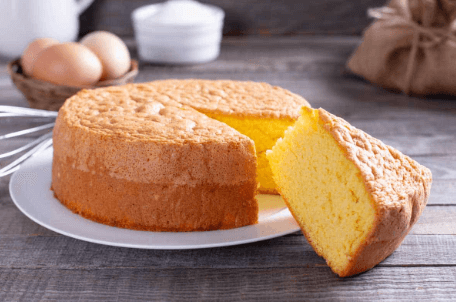Food:1uicnl_Qsta= Dessert:T1oderzb5nu= El Salvador

Food:1uicnl_Qsta= Dessert:T1oderzb5nu= El Salvador offerings present a compelling intersection of tradition and contemporary culinary innovation, with classics such as rice pudding and tres leches cake serving as foundational pillars. Modern chefs are increasingly experimenting with these beloved recipes, introducing unexpected ingredients that elevate and reinterpret their flavors while maintaining cultural authenticity. This evolving landscape not only showcases the vibrant agricultural heritage of the country but also invites exploration into the deeper meanings these desserts hold within Salvadoran society. What might these evolving interpretations reveal about the future of Salvadoran culinary identity?
Traditional Salvadoran Desserts
Traditional Salvadoran desserts offer a delightful glimpse into the country’s rich culinary heritage, showcasing a blend of flavors and textures that reflect its diverse cultural influences.
Each sweet treat tells a story, inviting flavors exploration through staples like rice pudding and three-milk cake.
These delicacies not only satisfy the palate but also highlight the fascinating dessert history that shapes Salvadoran identity and tradition.
Read Also: Food:0u0fihlvxne= Mediterranean Diet
Modern Twists on Classics
Many contemporary Salvadoran chefs are reimagining classic desserts, infusing them with innovative techniques and unexpected ingredients that elevate traditional favorites.
These culinary artists embrace creative presentations and fusion flavors, transforming beloved treats like tres leches cake and quesadilla into visually stunning works of art.
The result is a delightful exploration of texture and taste that honors heritage while celebrating modern gastronomic freedom.

Popular Ingredients Used
At the heart of Food:1uicnl_Qsta= Dessert:T1oderzb5nu= El Salvador lies a vibrant array of ingredients that reflect the country’s rich agricultural heritage and cultural influences.
Common flavors such as coconut, cinnamon, and vanilla intertwine to create an enticing taste profile.
Key textures, from the creaminess of flan to the crispness of empanadas, offer a delightful contrast that enhances the overall experience of these beloved sweet treats.
Cultural Significance of Desserts
Desserts in El Salvador are far more than mere confections; they serve as a reflection of the nation’s cultural identity and communal values.
Rooted in rich dessert history, these sweet creations often grace festive occasions, symbolizing joy and togetherness.
From traditional recipes passed down through generations to innovative adaptations, Salvadoran desserts unite families and communities, celebrating both heritage and the spirit of freedom.
Read Also: Filipino Food:8c_Sgzk37ke= Lumpia
Conclusion
In the heart of Food:1uicnl_Qsta= Dessert:T1oderzb5nu= El Salvador, a culinary renaissance unfolds, where traditional desserts beckon with their familiar warmth while modern interpretations tantalize the palate with unexpected flair. Each bite tells a story, weaving together the rich tapestry of cultural heritage and innovation. As vibrant flavors dance on the tongue, the essence of joy and togetherness lingers in the air. Could it be that these exquisite creations hold the key to understanding the spirit of a nation, inviting all to partake in a shared legacy?



